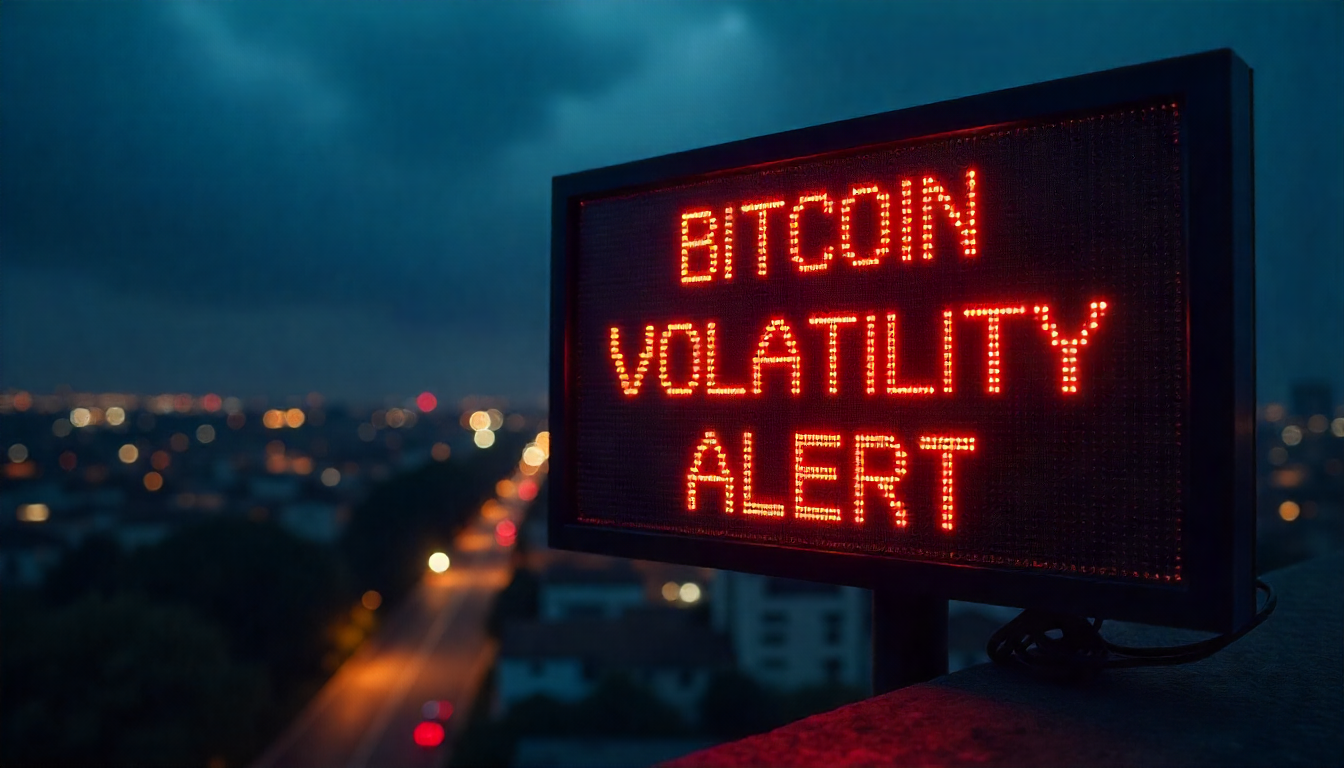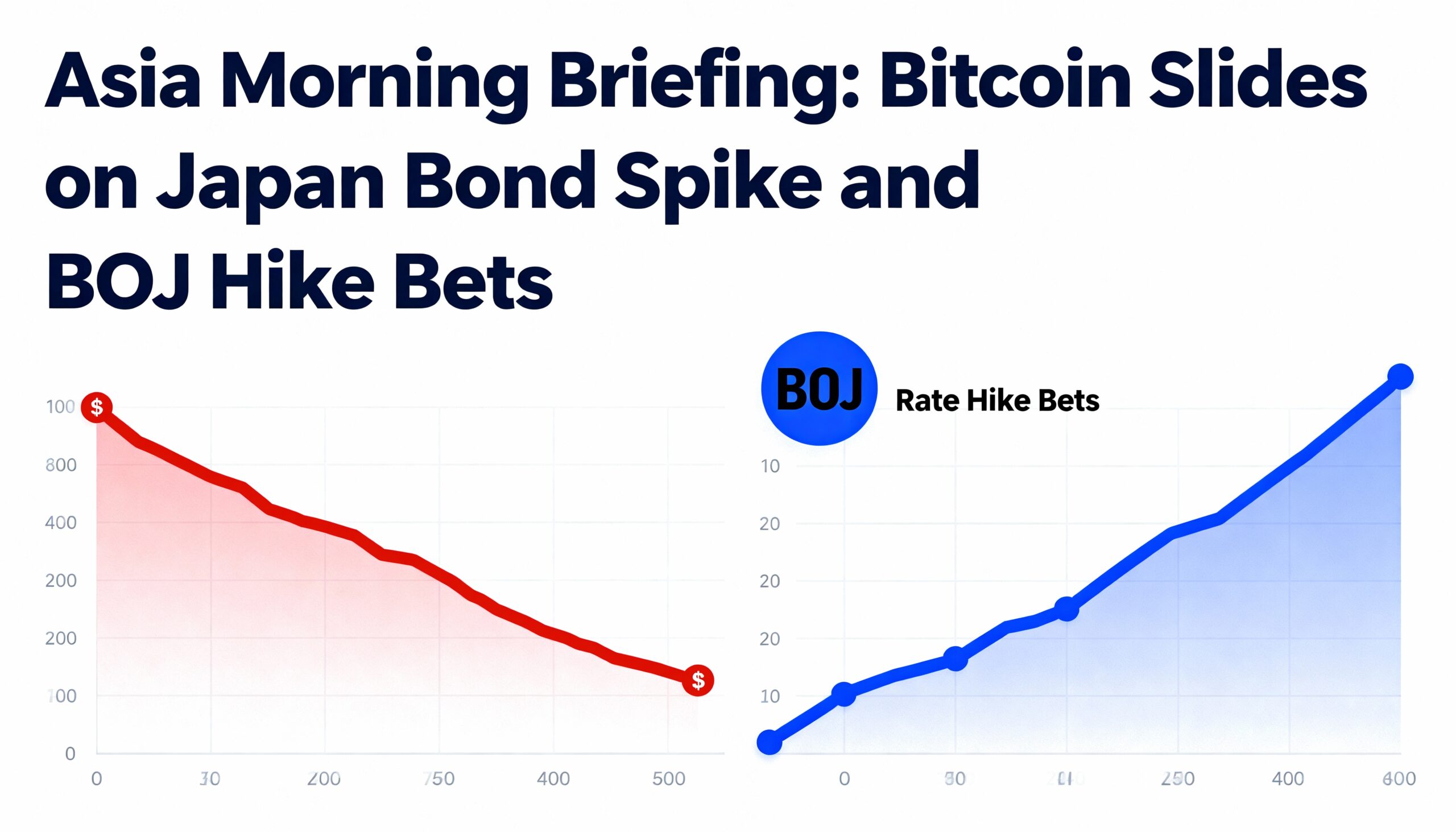After months of calm, volatility could return to markets in August — and Bitcoin may be caught in the crossfire.
The Cboe Volatility Index (VIX), which tracks expected 30-day volatility in the S&P 500, has declined for three consecutive months, falling to a five-month low of 14.92 last week. But according to historical data from Barchart.com, that quiet may not last.
August has been the VIX’s strongest month over the past 15 years, delivering an average gain of 13.68% and rising in 10 of those years, including a dramatic 135% jump in 2015. This seasonal trend suggests a potential spike in market turbulence is just around the corner.
A rise in the VIX — often called the “fear gauge” — typically coincides with equity market selloffs. Given Bitcoin’s increasing sensitivity to macro risk and its tightening correlation with tech stocks, crypto markets may feel the ripple effects of any Wall Street downturn.
Bitcoin is currently trading near $117,658. Its implied volatility indices, once closely tied to the VIX, have recently declined in tandem with the index. Since November, BTC’s 30-day implied volatility has fallen, even as the price climbed — breaking from its usual pattern of tracking risk sentiment.
Still, analysts warn that a resurgence in volatility could renew price swings for BTC. If Wall Street enters a period of heightened uncertainty in August, history suggests that crypto may not remain insulated.





